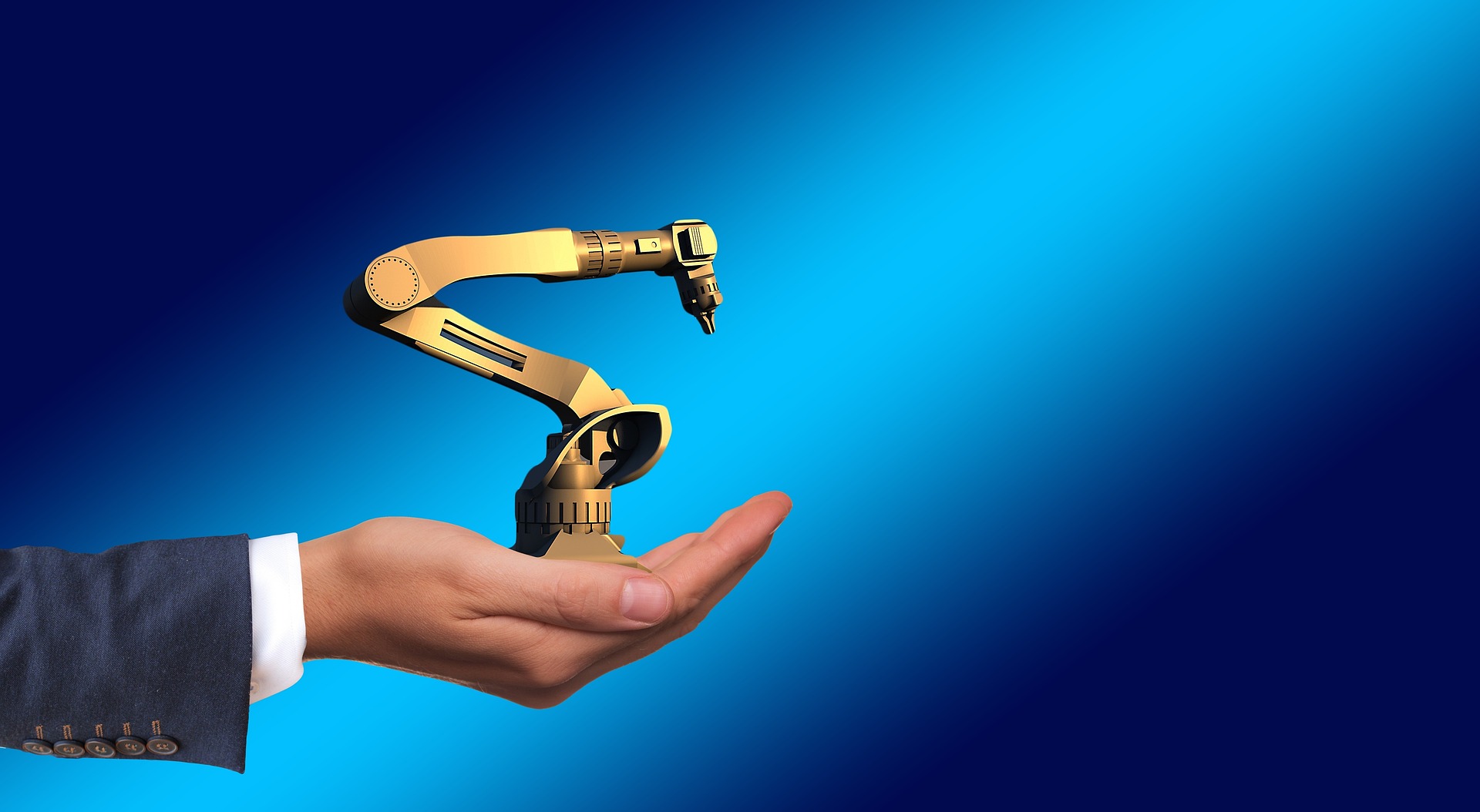The goal of robot guidance systems with 3D vision is to advance automation and robots to new levels of capability. New possibilities exist when robot guidance is aided by machine vision. In areas where robots were previously uncommon, this system spurs innovation: Some of the challenging manipulation tasks that robot guidance systems can now perform include gluing, welding, material handling, sanding, and surface finishing.
The sensors are built to withstand shocks, acceleration, and contamination in harsh production environments. There is no need for costly mechanical adaptation or even complete machine reconfiguration when part geometries are altered, or new components are integrated. The number of elements that the system can manage is almost infinite.
Users can take advantage of this sophisticated technology efficiently and cost-effectively through robot guidance systems. The systems stand out for their dependability and ease of service. They deliver high-precision measurement results, are easy to integrate into existing environments, and, as a result, contribute significantly to making part handling more adaptable than ever before.
Here are five applications of vision-guided robotics that show how 3D vision can be used.
1. Additive Manufacturing
New metallic additive manufacturing processes like WAAM make it possible to produce complex metallic parts like ship propellers and heavy press forms quickly and with superior quality. Due to the availability of robot guidance technology and systems, this operation is beyond human capability.
2. Robotic welding
Welding with robots is a popular application of robot guidance techniques. Robots can follow weld seams with greater precision and speed than human welders. Additionally, unlike human welders, they can work continuously. They can repair metallic parts like form molds that would be difficult for a human welder to fix, thanks to their high-quality 3D vision.
3. Assembly
The assembly process depends on precise, fine-grained operations across the board. There is little room for error when inserting an item or connector, fastening a screw or bolt, or both. The tasks require part simulation and grasping at human levels of skill. The 3D vision system’s performance and quality are crucial to these fine motor skills. High precision is essential, but a very high degree of trueness, or being able to see things as they are and where they are, is more important.
4. Sanding
During the sanding process, a significant amount of airborne particles are produced. Ingestion of sawdust poses a threat, but the presence of certain composite and fiber materials in the lungs or eyes poses a significant risk. To complete these tasks, operators must wear a lot of protection. When performing these tasks, even the most skilled tradesperson only has a limited amount of “feel” for achieving accurate and consistent surface coverage. Guided robots may have sub-millimeter accuracy.
5. On-the-Fly Maintenance
On-the-fly maintenance involves carrying out laborious, challenging, and occasionally risky maintenance tasks that a human would typically perform. A giant industrial or collaborative robot is aided in performing these tasks by a 3D vision system attached to the robot’s arm in a robot guidance setting. Forklift trucks, hydraulic/pneumatic lifts, and other equipment of a similar nature would occasionally be required by a human performing these tasks.
Benefits of Robot Guidance system
Robot guidance system offers numerous advantages in manufacturing and warehousing:
• Consistent costs: Compared to human labor, whose prices can fluctuate based on market conditions and demand, robot guidance systems are typically purchased on a cost-per-unit or per-rental-period basis.
• Increase productivity and efficiency: Collaborative mobile robots use resources better by utilizing AI to optimize routes and prioritize work. It increases productivity and efficiency due to their autonomous operation, predictability, and dependability for repetitive tasks. It eliminates unnecessary walking and the physical labor associated with material transportation. In addition, they maintain associates’ focus by setting the pace for workers.
• Less space required: These systems require less space than other automation solutions, like conveyor systems. Because some guidance systems are smaller than conventional warehouse equipment like forklifts, floor layouts with narrower aisles and better use of space are possible.
• Flexibility: Compared to other systems that require rerouting guide wires or other infrastructure to adjust a vehicle’s route, some offer the flexibility of quickly changing lanes. Additionally, automated guided vehicles are scalable because they can be expanded upon demand.
• Improved safety: Guidance systems are a safe automation option for manufacturing facilities, distribution centers, and warehouses. Intelligent routing capabilities in advanced systems enable them to plan the most effective route through a warehouse or facility, thereby reducing aisle congestion and preventing injuries. To avoid collisions, systems are outfitted with sensors.
Wrapping Up
Robotic systems are a cost-effective, scalable, and flexible option for distribution centers and warehouses that use cutting-edge technology to address some of the industry’s most pressing issues.
Robot guidance systems are one-of-a-kind vehicles built to perform manual tasks. They eliminate the physical rigors of a typically physically demanding job by automating long warehouse walks, setting the pace for workers, and so on.
